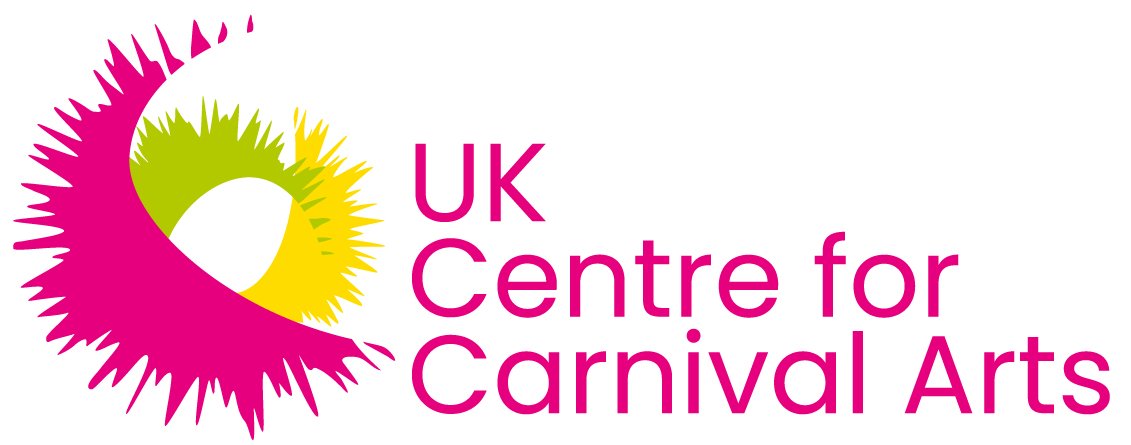Carnival Essentials
What are the essential things that make a carnival? We take a look!
Floats
A float is a decorated platform, either built on a vehicle like a truck or towed behind one, which is a component of many festive parades. Parade floats were first introduced in the Middle Ages when churches used pageant wagons as movable scenery for passion plays.
Artisan guilds were responsible for building the pageant wagons for their specified craft. The wagons were pulled throughout the town, most notably during Corpus Christi in which up to 48 wagons were used, one for each play in the Corpus Christi cycle. They are so named because the first floats were decorated barges on the River Thames for the Lord Mayor's Show.
Dance
The accepted and customary form of samba danced in Rio Carnival is the Samba no pe or Foot Samba.
This dance is usually done unaccompanied and begins immediately when the samba music starts. The dancer keeps his or her body straight while taking turns bending each knee. There is little foot movement as the body moves in a 2/4 rhythm, dancing three steps at a time. The speed of the movements change with the tempo of the music, some samba dance is very fast while other samba dances move at a standard pace.
Costumes
In the past, grasses, leaves, raffia, flowers, beads, furs, animal skins, feathers, and cotton materials were used for the costumes. These materials are increasingly being replaced by synthetic substitutes, partly to reduce cost and partly to facilitate mass production. Some costumes or masquerades depict animals, birds, insects, sea creatures, or characters from myths and folklore. Others represent kings, Indians, celebrities, African or European culture heroes, historical figures, clowns, and other characters. Cross-dressing and masquerades with grotesque features are rampant. So too is seductive dancing. The loud music-calypso in the Caribbean and samba in Brazil- adds to the frenzy, allowing performers and spectators alike to release pent up emotion.
Characters
A wide variety of costumes (called "mas") depicting traditional Carnival characters are seen throughout the Carnival.
After emancipation in 1838, freed slaves in Trinidad combined African culture with colonial influence to create characters that parodied the upper-class customs and costumes of Carnival. Find out more here.
Kings & Queens
Each band is led by a King and Queen, who wear extremely large costumes, often requiring extensions and wheels to assist the masquerader to carry it through the streets.
Each year on Dimanche Gras (Carnival Sunday), a competition is held to award the King and Queen of Carnival title to two of these masqueraders.
Music
Calypso
Calypso is a popular type Afro-Caribbean music. It often has a strong message, moral tale or is some form of political or social commentary. It is set to catchy beats. It is a good way to stay informed about what is happening on an island.
Soca
Soca actually derives from the worlds Soul and Calypso. Soca is music that was made to be danced to. It has up tempo beats and is infused with a little bit of soul.
Chutney Music
This is a type of music that is popular in the southern Caribbean islands. It is like a fusion between soca and Indian music. Even the lyrics can have broken up English and Hindi music.
Steelband
A Trinidadian music ensemble, particularly associated with Carnival, that is primarily composed of steel idiophones—called pans or steel pans—made from the bottoms of 55-gallon oil barrels. The barrel bottoms are hammered inward, different areas being shaped to yield distinct pitches.






